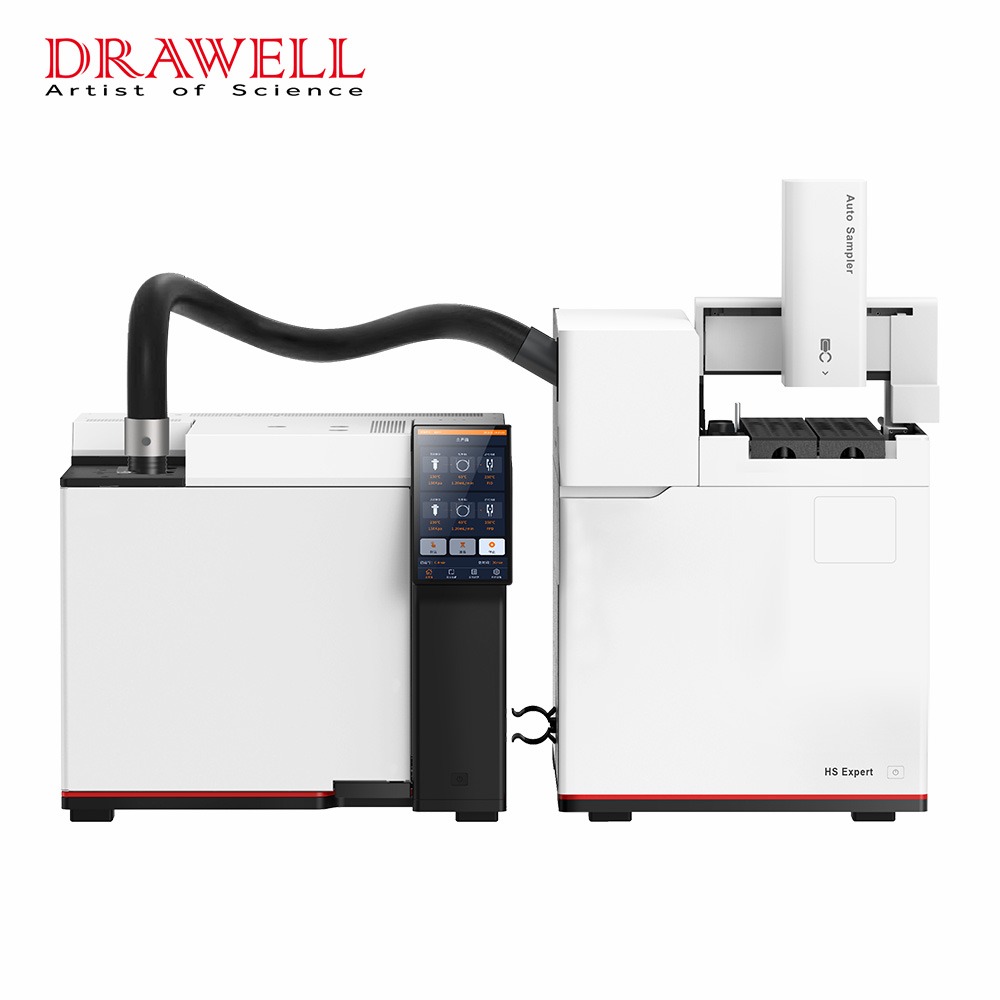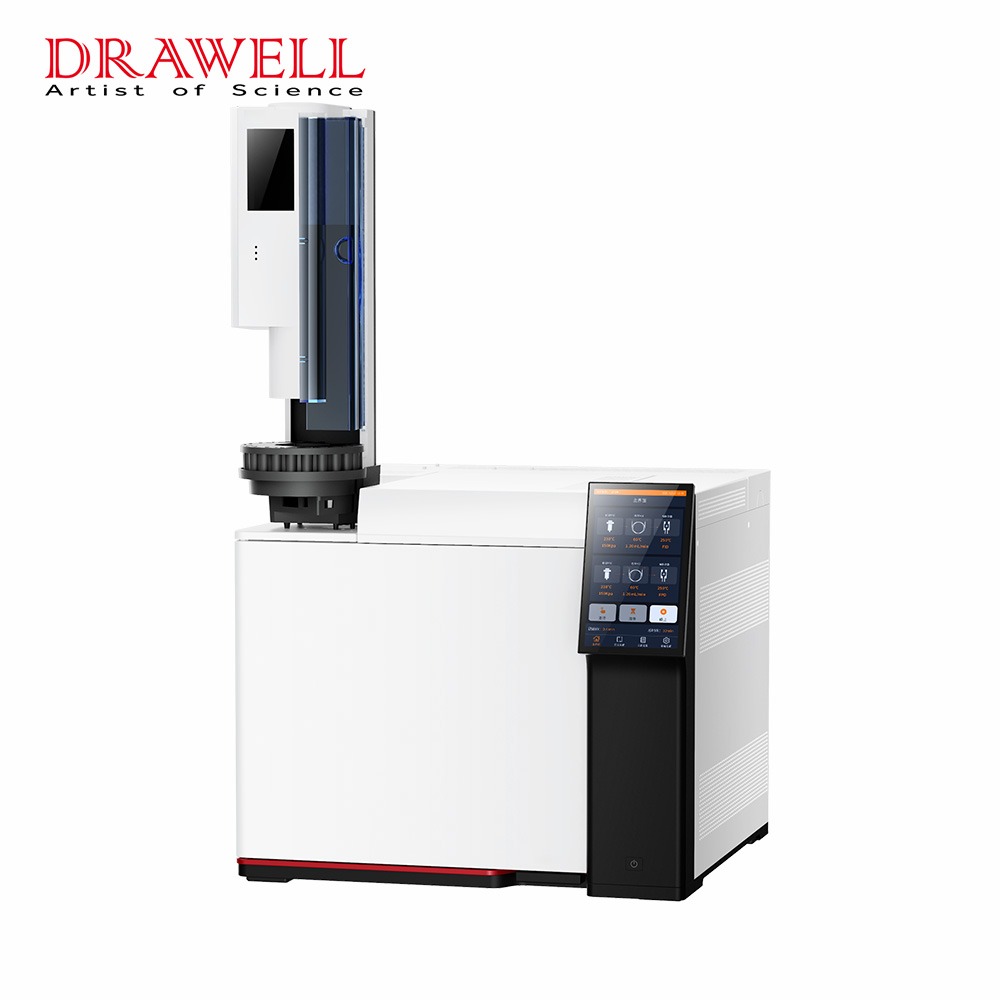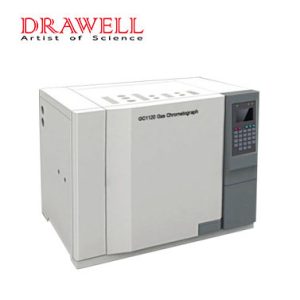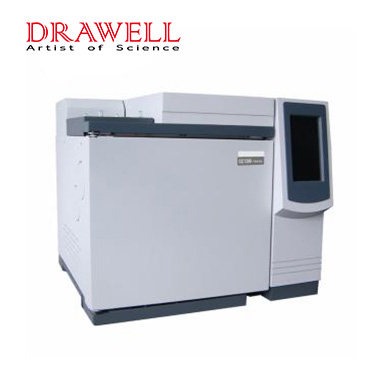Gas chromatography (GC) is an effective analytical technique for separating and evaluating volatile chemicals in a wide range of materials. The chromatography column, which plays an important part in the separation process, is located in the core of any gas chromatograph. There are several gas chromatography column types available, each with its own unique characteristics and applications. In this article, we will explore the different types of gas chromatography columns and their specific uses in analytical chemistry.
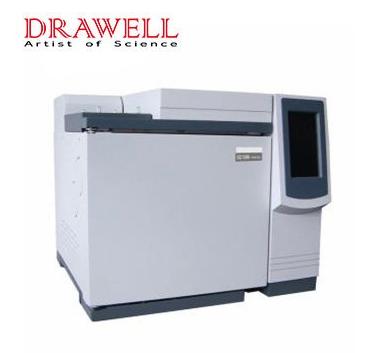
1. Packed Gas Chromatography Columns
Structure of Packed Columns
Packed columns, also known as packed beds, are made up of a long, narrow tube that is filled with a solid, inert support material that has been coated with a stationary phase. The stationary phase is responsible for the separation of analytes, while the support material provides structural stability and ensures uniform gas flow through the column. Common support materials include diatomaceous earth, alumina, and silica, while stationary phases can range from non-polar to highly polar coatings.
Advantages of Packed Columns
- Simplicity: Packed columns are simple to utilize, making them appropriate for everyday analyses. Their ease of use is beneficial for operators with limited chromatographic knowledge.
- Robustness: When opposed to capillary columns, which can be delicate and quickly contaminated, packed columns are more durable and less prone to damage from sample matrices.
- Versatility: Packed columns may tolerate a wide range of stationary phases, enabling for non-polar and polar compound separations. Because of their adaptability, they are appropriate for a wide range of applications.
Applications of Packed Columns
- Hydrocarbon Analysis: Packed columns are extensively used in the petroleum and petrochemical sectors for hydrocarbon analysis. These columns’ non-polar stationary phases efficiently divide different hydrocarbon classes.
- Volatile Organic Compounds (VOCs): Because of their simplicity and resilience, packed columns are well-suited for the study of VOCs in environmental samples and industrial processes.
- Fatty Acid Methyl Esters (FAMEs): In the realm of lipid analysis, packed columns are used to separate FAMEs, which are fatty acid derivatives. This is especially critical in the food and biodiesel sectors.
- Routine Quality Control: Packed columns are used in routine quality control laboratories to analyze diverse chemicals such as alcohols, ketones, and aldehydes.
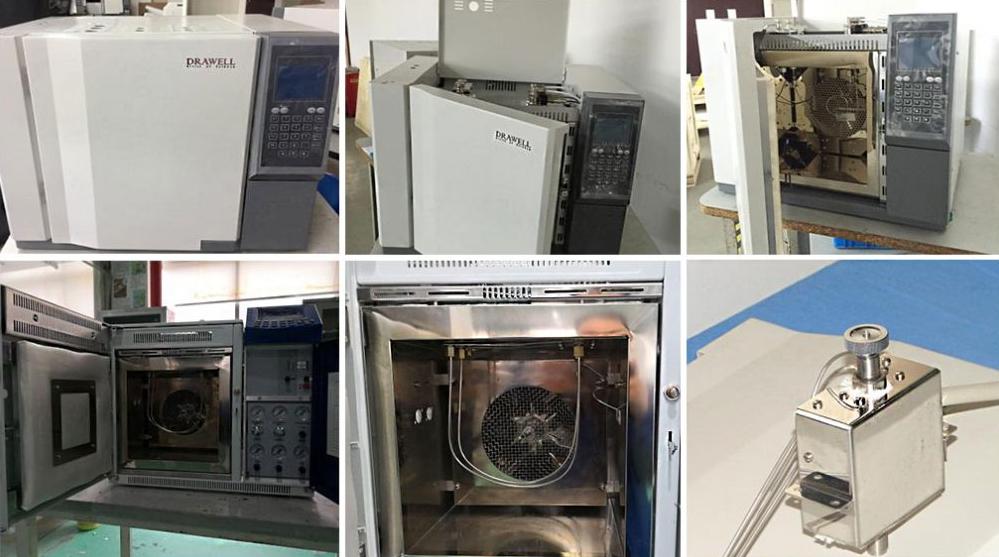
2. Capillary Gas Chromatography Columns
Structure of Capillary Columns
Capillary columns are distinguished by their narrow, tubular shape, with an internal diameter of less than 0.5 mm. They are made of fused silica or other high-temperature and pressure-resistant materials. The capillary column’s inner surface is coated with a thin coating of stationary phase, which is responsible for analyte separation.
Advantages of Capillary Columns
- High Resolution: Capillary columns have high resolution and are therefore useful for sorting complicated mixtures and closely eluting substances. Their small diameter reduces peak widening, resulting in crisp, well-defined peaks.
- Sensitivity: Capillary columns are highly sensitive and may identify minute levels of chemicals in samples. This is critical in applications where low-level quantification is required.
- Versatility: Capillary columns are suitable for separating non-polar, polar, and specialized chemicals because they support a wide range of stationary phases. Analysts can select the stationary phase that best meets their analytical needs.
- Reduced Sample Size: Capillary columns’ smaller interior diameter necessitates smaller sample volumes, which is useful when working with restricted or valuable samples.
Applications of Capillary Columns
- Environmental Analysis: Capillary columns are widely used in environmental analysis to detect and quantify pollutants, such as volatile organic compounds (VOCs), in air, water, and soil samples.
- Food and Beverage Analysis: Capillary columns are employed for analyzing flavor compounds, pesticides, and additives in food and beverages, ensuring product safety and quality.
- Pharmaceuticals: In pharmaceutical laboratories, capillary columns are indispensable for testing the purity and potency of drugs and pharmaceutical raw materials.
- Chiral Separations: Capillary columns with chiral stationary phases are used for separating enantiomers, which are essential in pharmaceuticals and the flavor and fragrance industry.
- Petrochemicals: Capillary columns are crucial in the petrochemical industry for characterizing hydrocarbons and other complex mixtures.
3. Specialty Gas Chromatography Columns
In addition to the standard non-polar and polar columns, there are specialty columns designed for specific applications:
a. Chiral Columns: Chiral columns are used to separate enantiomers, which are molecular mirror-image isomers. These columns, which contain a chiral stationary phase, are extremely useful in the pharmaceutical and agricultural sectors, where compound stereochemistry is crucial.
b. PLOT Columns: PLOT (porous-layer open tubular) columns are used to analyze gases and light volatile chemicals. They have a porous layer within the capillary column that allows for effective gas separation.
c. Packed Microcolumns: Packed microcolumns are miniature versions of packed columns used in situations where sample size is limited, such as environmental analysis or when working with valuable samples.
4. Temperature-Programmed Gas Chromatography Columns
Temperature-programmed columns are capillary columns that have the capacity to modify their separation selectivity based on temperature. This capability is achieved by gradually increasing or decreasing the column temperature during the chromatographic run. Unlike conventional isothermal columns, where the temperature remains constant throughout the analysis, temperature-programmed columns provide dynamic control over the chromatographic process.
Advantages of Temperature-Programmed Columns
- Enhanced Resolution: The ability to adjust the column temperature allows for better separation of closely eluting compounds. By gradually increasing the temperature, analytes with different volatility profiles can be selectively separated.
- Improved Peak Shape: Temperature programming can also enhance peak shape, resulting in sharper and more symmetrical peaks. This is especially beneficial when analyzing complex mixtures.
- Tailored Separations: Analysts can fine-tune temperature programs to target specific compounds or groups of compounds, making temperature-programmed columns versatile for various applications.
- Analysis of Thermally Labile Compounds: Temperature programming can aid in the analysis of thermally labile chemicals, which deteriorate at high temperatures. These compounds can be separated without degradation by starting at a lower initial temperature and gradually raising it.
Applications of Temperature-Programmed Columns
- Complex Mixtures: Temperature-programmed columns are very beneficial for dealing with complicated combinations that require precision separation, such as essential oils, petrochemical compounds, or environmental extracts.
- Polymers and Plastics: These columns are employed for characterizing polymers and plastics, which often consist of a wide range of compounds with different boiling points.
- Flavor and Fragrance Analysis: Temperature-programmed columns are instrumental in the analysis of volatile compounds in the flavor and fragrance industry, where precise separation of aroma compounds is crucial.
- Pharmaceuticals: They find application in pharmaceutical analysis for separating and quantifying volatile impurities and degradation products.
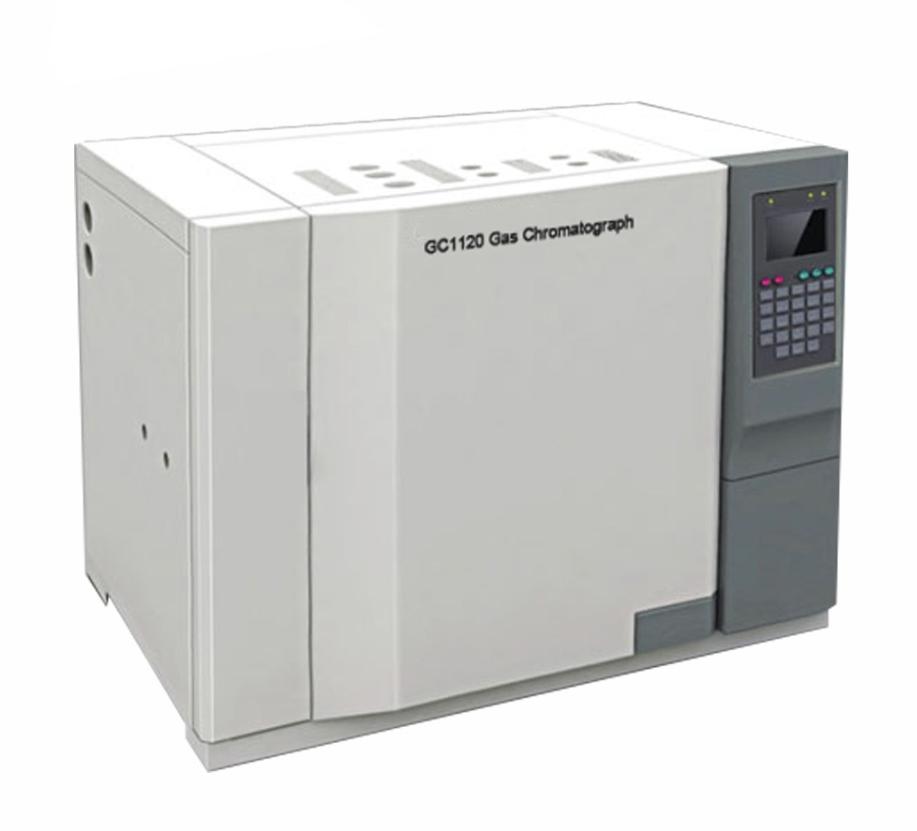
Conclusion
Choosing the right gas chromatography column type is critical for attaining precise and repeatable findings in analytical chemistry. There is an appropriate GC column type to fit your demands whether you are investigating volatile organic chemicals, medicines, or chiral compounds. Understanding the concepts and applications of various column types enables analysts to optimize gas chromatographic separations and extract useful information from a variety of samples.

